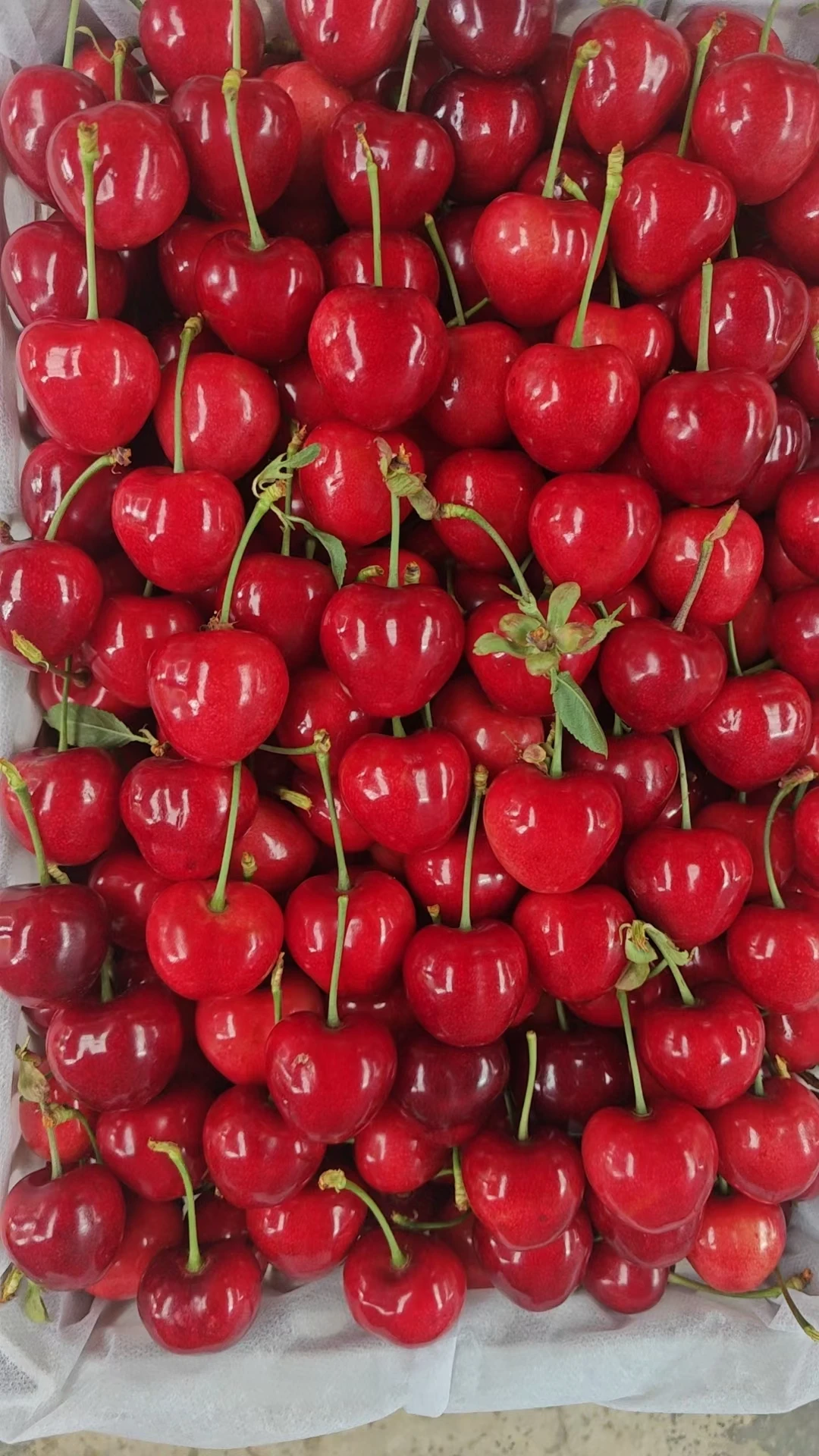Dec . 14, 2024 23:40 Back to list
Optimal pollen sources for enhancing cherry orchard pollination effectiveness
The Best Pollen for Pollination in Cherry Orchards
Cherry trees are a delightful addition to any orchard, not only for their beautiful blossoms but also for the sweet and tart fruits they produce. Successful cherry cultivation relies heavily on effective pollination, which directly impacts fruit set and yield. Choosing the best pollen for pollination is crucial for maximizing the productivity of cherry orchards. This article aims to provide insights into the most effective pollen sources, the biology of cherry pollination, and best practices for enhancing pollination success.
Understanding Cherry Pollination
Cherry trees (Prunus avium for sweet cherries and Prunus cerasus for sour cherries) are generally classified as self-incompatible, meaning that they require pollen from a different tree to fertilize their flowers. This characteristic necessitates having multiple cherry varieties planted nearby to facilitate cross-pollination. The timing of blooming is essential; trees must bloom simultaneously to allow for effective pollen transfer.
Honeybees, bumblebees, and other pollinators are typically the primary agents of pollination in cherry orchards. As these insects visit the flowers to collect nectar and pollen, they inadvertently transfer pollen from one blossom to another, leading to fertilization. Therefore, the presence of diverse bee populations is vital for successful cherry pollination.
Choosing the Right Pollen Source
When selecting the best pollen for cherry pollination, several factors come into play
1. Varietal Compatibility Different cherry varieties have specific compatibility with each other. It is essential to choose pollen sources that are genetically compatible. For example, planting early-flowering varieties alongside mid- or late-flowering ones can ensure a broader window for cross-pollination.
2. Pollen Quality Pollen viability is crucial for effective fertilization. Fresh, viable pollen leads to higher fruit set rates. Research indicates that pollen collected from healthy, well-maintained trees tends to have better quality than pollen from stressed or diseased trees.
3. Local Bee Populations The availability and activity of pollinators influence the effectiveness of the pollen. Fostering habitats for bees and other pollinators can boost pollination efficiency. Planting wildflowers nearby can attract pollinators, creating a vibrant ecosystem that benefits not only the cherry trees but the surrounding flora as well.
best pollen for pollination in cherry orchard

Best Practices for Enhancing Pollination
To optimize pollination in cherry orchards, consider implementing the following best practices
1. Diverse Planting Plant a mix of cherry varieties to ensure that at least some will bloom simultaneously. Consider incorporating early, mid, and late-blooming varieties to extend the pollination period and accommodate local pollinator activity.
2. Increase Pollinator Habitat Encourage pollinator activity by providing habitats. This can be achieved by planting native flowering plants, installing bee hotels, and minimizing pesticide use, which can harm bees.
3. Timing Monitor blooming patterns in your orchard and coordinate with local weather conditions. Pollination success is not just about pollen availability; optimal temperature and humidity levels can significantly affect pollination outcomes.
4. Manual Pollination In smaller orchards or in situations where natural pollination rates are insufficient, manual pollination can be a viable alternative. Collect fresh pollen and carefully transfer it to the stigma of flowers using a small brush or cotton swab.
5. Soil and Tree Health Maintain the overall health of your cherry trees through proper soil management, adequate watering, and disease control practices. Healthier trees are more likely to produce a robust display of flowers, enhancing the chances of successful pollination.
Conclusion
Effective pollination is a cornerstone of successful cherry orchard management. By selecting the right pollen sources, fostering an environment conducive to pollinators, and implementing best practices, orchardists can significantly enhance their cherry fruit yields. As the global demand for cherries continues to rise, understanding and optimizing the pollination process will be essential for securing a fruitful harvest. Whether you're a seasoned grower or a novice enthusiast, promoting effective pollination techniques will undoubtedly lead to more robust and bountiful cherry orchards.
-
Pure Cherry Pollen for Optimal Crop Pollination
NewsAug.12,2025
-
Premium Cherry Pollen: Ideal for Pure & Effective Pollination
NewsAug.11,2025
-
Cherry Pollen: Pure & Potent for Natural Pollination
NewsAug.10,2025
-
High-Quality Peach Tree Pollen for Pure Pollination Success
NewsAug.09,2025
-
Fruit Paper Bags: Protect from Plant Pollen & Pests
NewsAug.08,2025
-
Plant Pollen Guide: Types, Uses & Artificial Pollination
NewsAug.07,2025